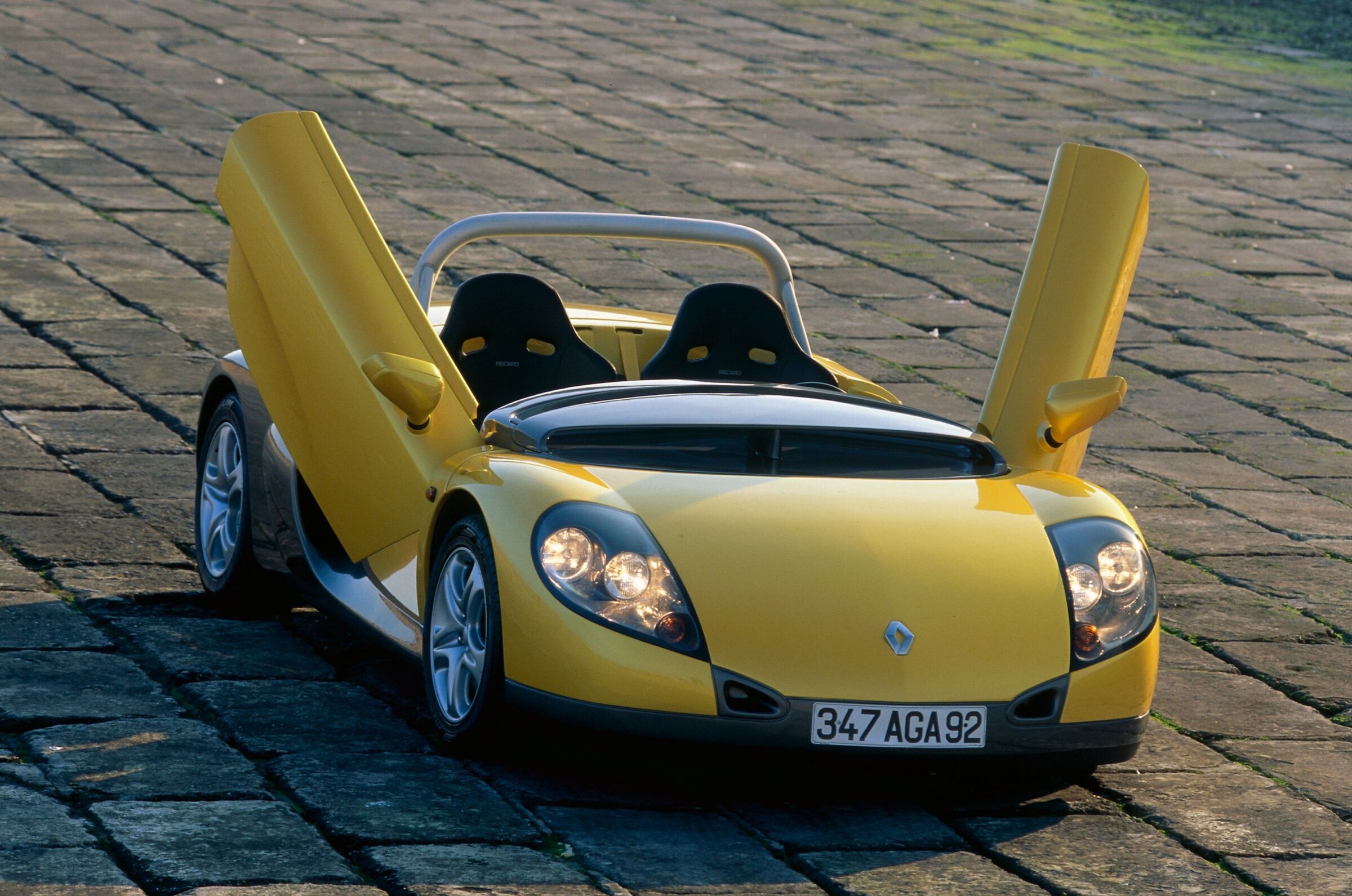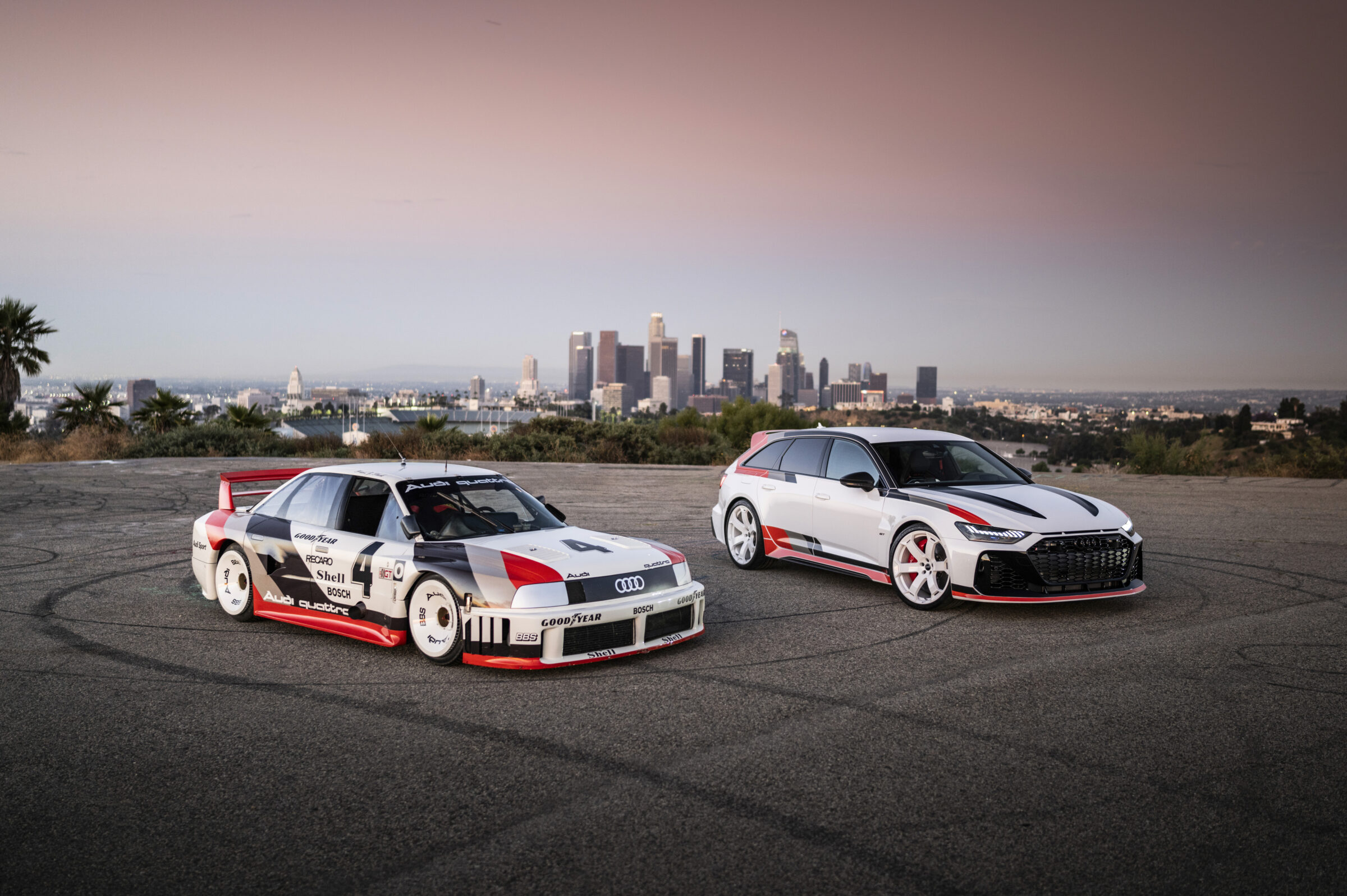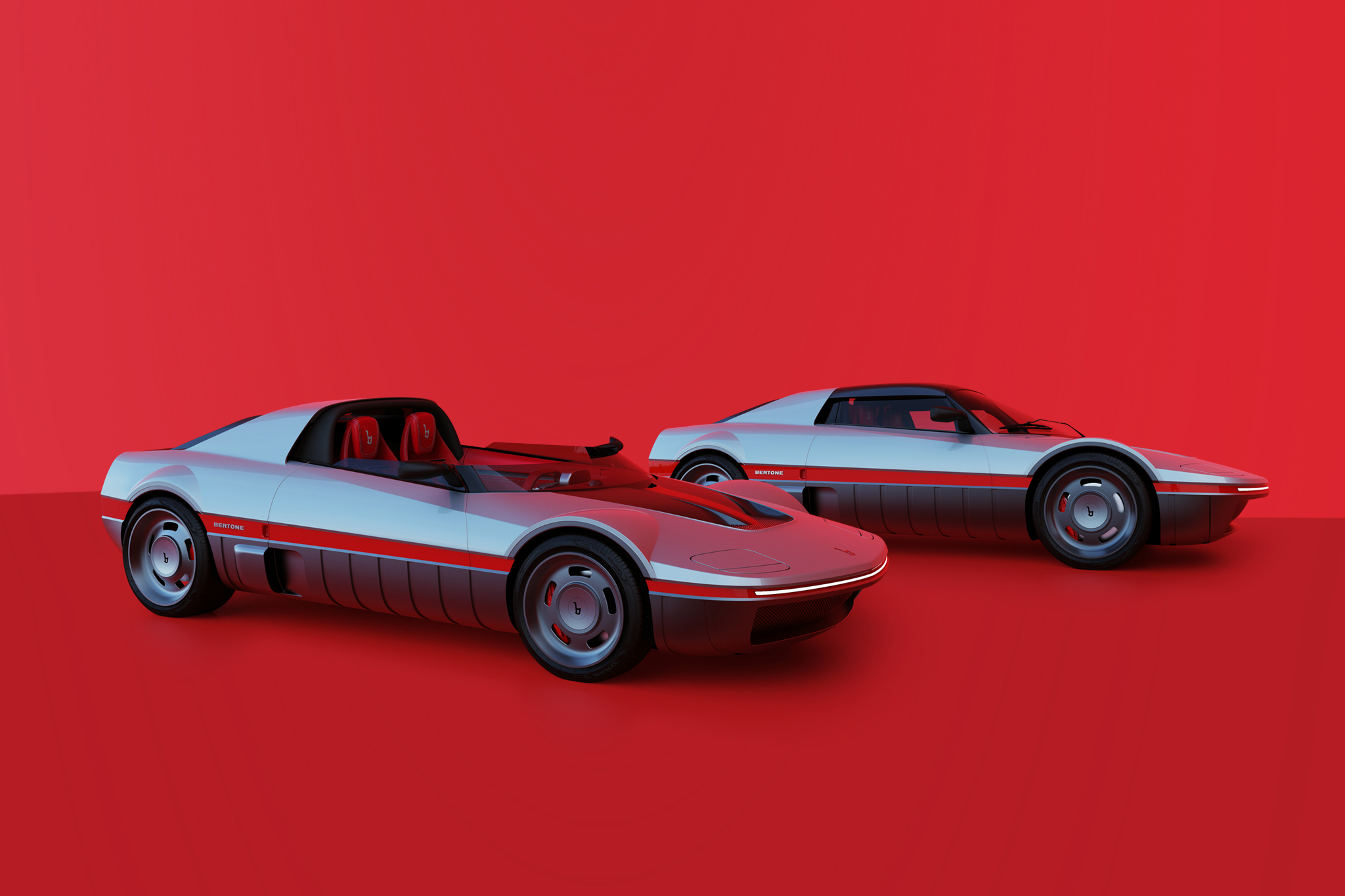40 Years of Renault 18
Do you remember mid-size automobiles of the late 1970s? Yes, you quickly remind cars like the Mercedes-Benz /8 (W114/W115), BMW 5 Series (E12) or even the first Audi 100. But that was not everything, that was available back in the days. There also were some competitors like the Chrysler Alpine, the Ford Cortina, the Morris Marina, the Vauxhall Cavalier/Opel Ascona or French cars like the Citroën GS, the Peugeot 504 or the Renault 18. The latter was in 1978 the successor to the ageing Renault 12. We do not ask you now, when you last saw one of the mentioned cars, it might be already a while ago – maybe with a slight exception for the Mercedes.
After the Renault 18 debuted as a sedan in the spring of 1978, production started in September of the same year in two trim levels and with two different gasoline engines. Entry level was a 1.4-liter four-cylinder engine with 47 kW/64 hp and a four-speed gearbox, which was offered as TL or GTL, while the larger 1.6-liter engine with 58 kW/79 hp was called either TS or GTS. While the TS got the same four-speed gearbox, in the GTS it was a manual five-speed transmission. Both versions of the bigger engine were optionally available with a three-speed automatic. The higher-quality equipment came ex-works with power windows, central locking and a cleaning system for the headlights. At Geneva Motor Show 1979 the estate version debuted, which was sold as ‘Break’ in many countries except Germany, where it was called the ‘Variable’. In addition, the cars were from now on equipped with safety belts at the rear bench. A new top of the line engine followed in autumn 1980 with the Turbo, a 1.6-liter motor with 80 kW/109 hp, visible with a rear lip spoiler on the boot lid. Also a naturally aspirated diesel engine with 49 kW/67 hp came to the line-up as TD and GTD. In 1982 the power of the Turbo increased to 92 kW/125 hp, while that of the TS and GTS dropped to 54 kW/73 hp and the Break or Variable was renamed to Combi.
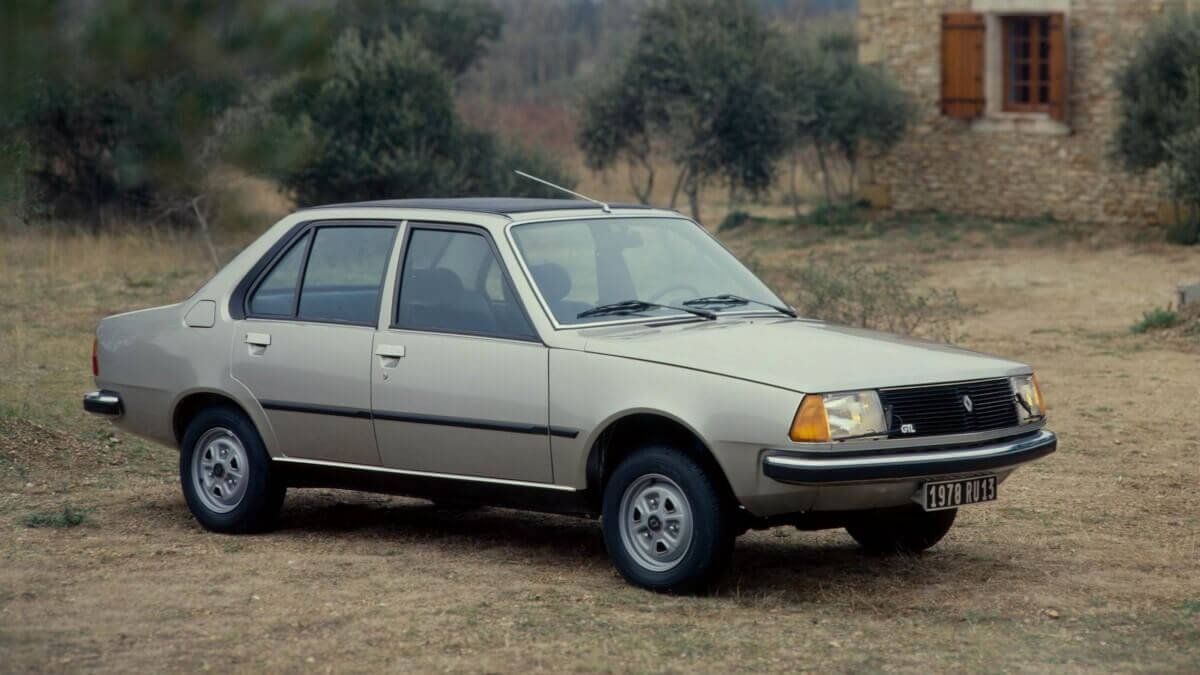

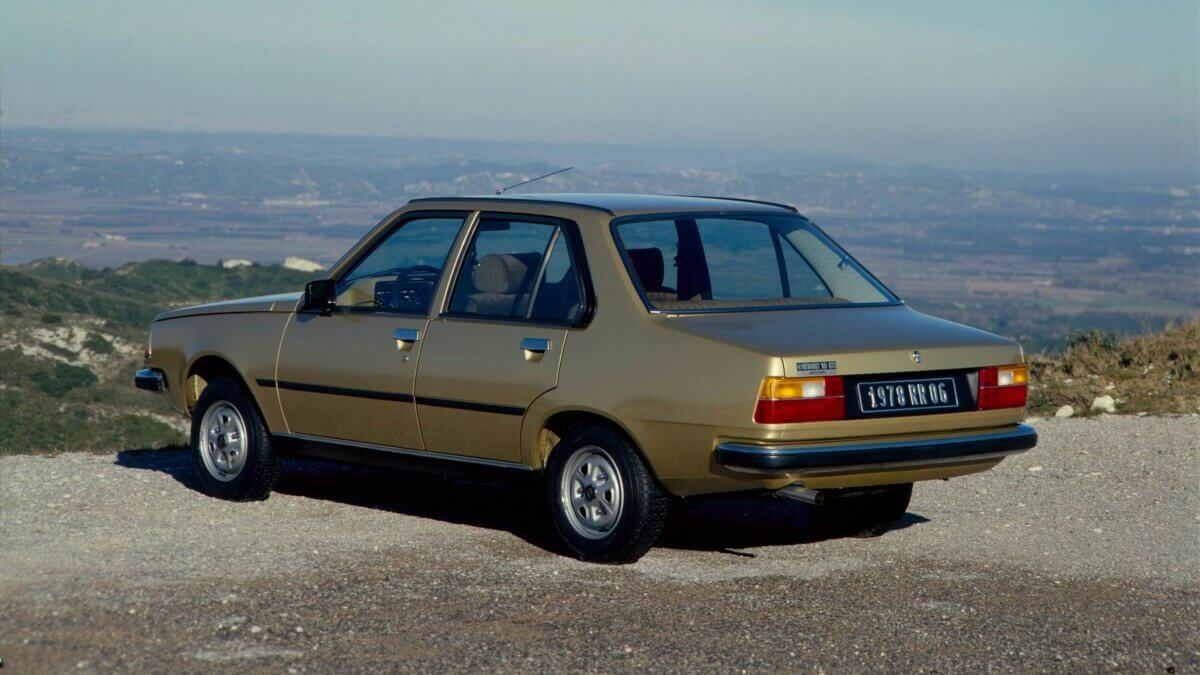



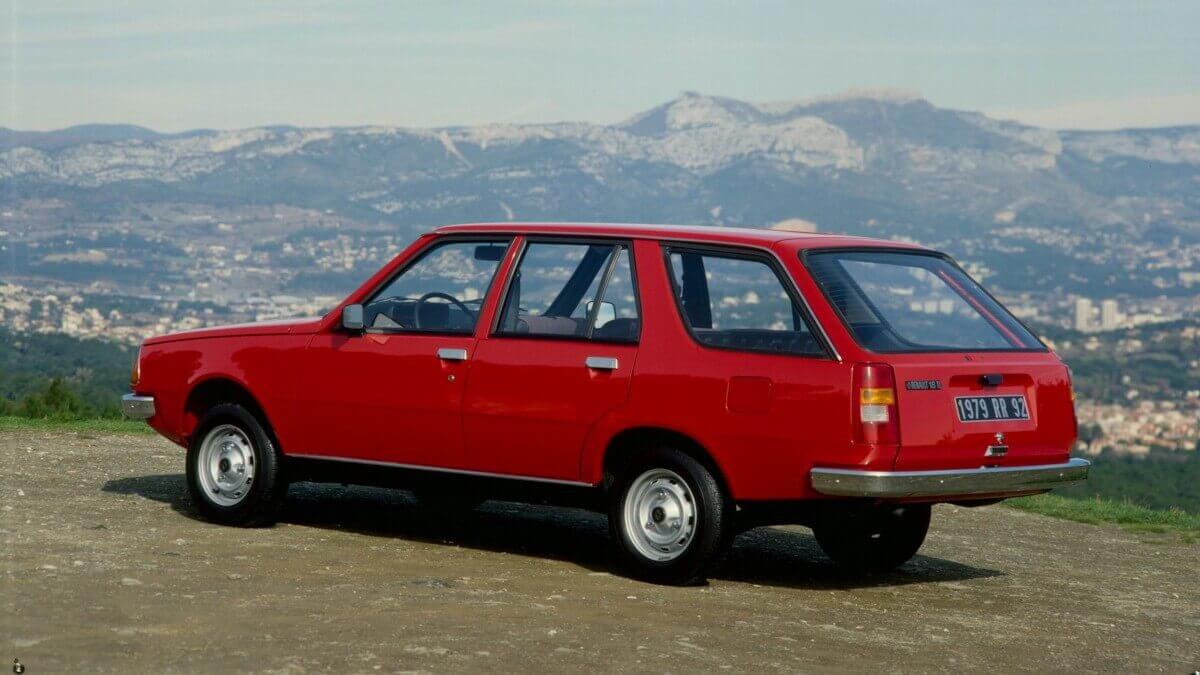

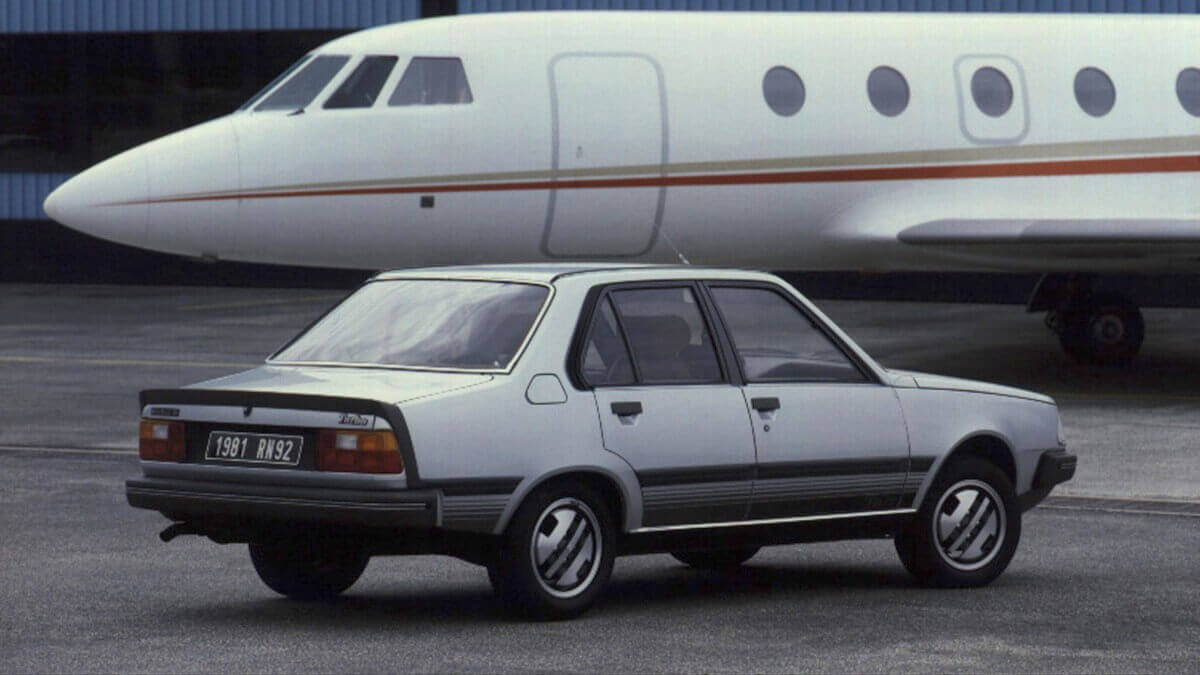

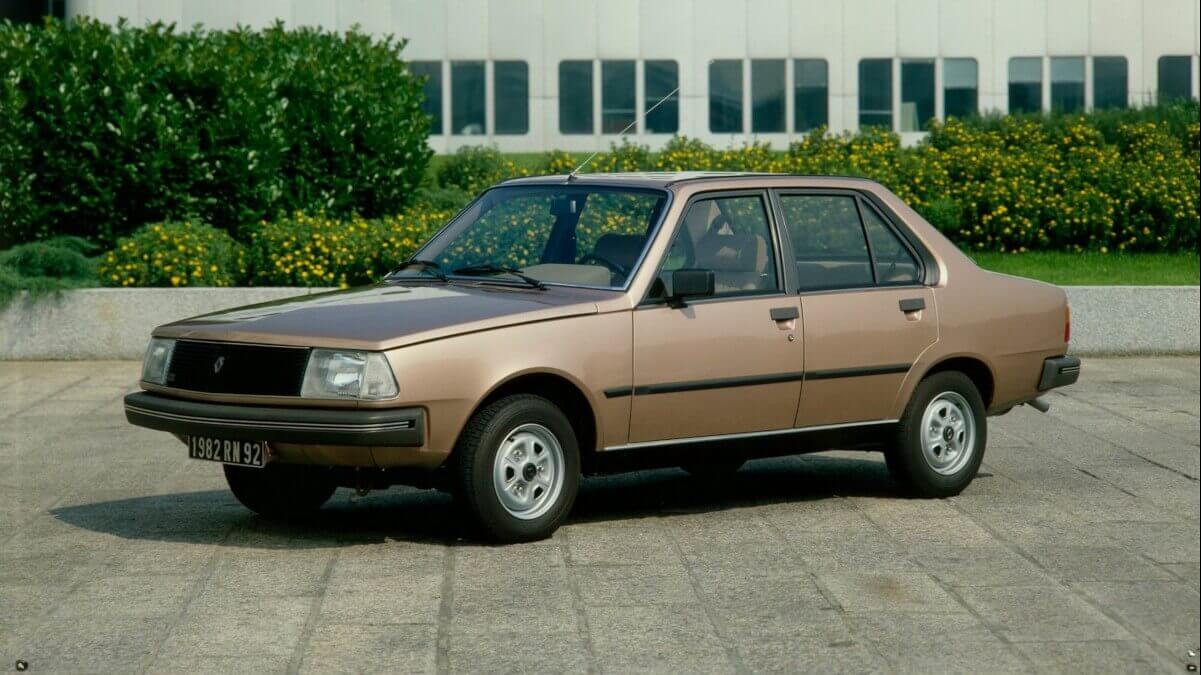





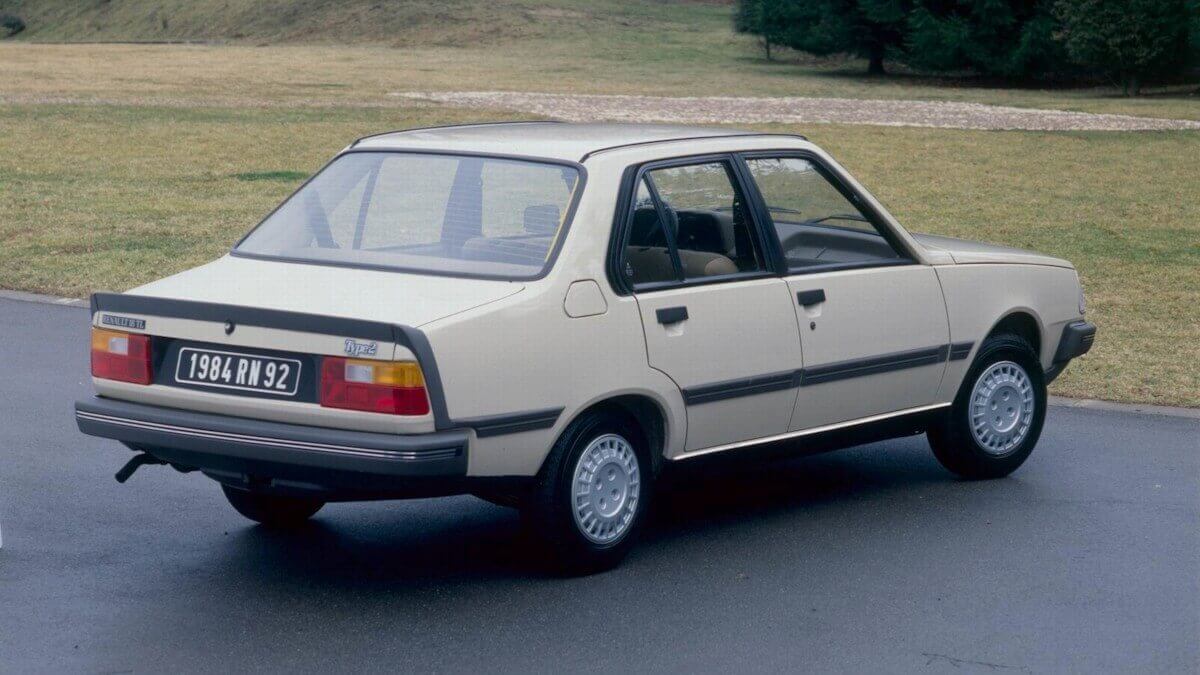

The comparatively simple drawn body received a mild facelift in 1983 with wider bumpers, white turn signals at front, wider rear seats, a new front suspension (used before in Turbo and Diesel) and the Combi 4×4 as a new variant with a four-wheel drive system developed by Steyr-Daimler-Puch. In addition, from now on, all variants received four instead of three wheel nuts per wheel. With a modified, flatter radiator grille, new dashboard and the center console from the sports coupé Fuego the car started into the following modelyear. Next to that, the diesel engine finally received a turbocharger, resulting in 65 kW/88 hp from the same capacity. From summer 1985 a two-liter four-cylinder engine with 77 kW/105 hp supplemented the line-up.
While in 1986 the successor model Renault 21 was presented, the 18 remained in the European model line-up (except France) until the end of 1989. In Argentina the production ran until 1994. In North America the vehicle was less successful, while it was offered by the AMC dealers as Renault 18i and Renault Sportwagon. Some vehicles were also produced from CKD kits (Completely Knocked Down) with right-hand drive in Australia. There also were about 100 copies as Dacia 18 in Romania. The best known special edition is the two-colored ‘American’, of which 5,200 copies were made. Later the ‘American 2’ followed with another 14,000 cars of which 8,000 stayed in France and 6,000 were available in Europe. In total 2,028,964 copies were produced in France and another 132,956 rolled of the production line in Argentina. Despite these high numbers, the mid-range model today is a rare sight in traffic. For example, in the UK, where more than 30,000 have been sold originally, only 30 Renault 18 are still on the road.
Images: Renault


